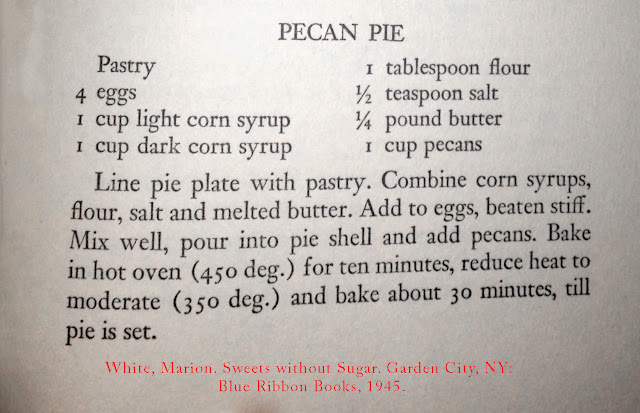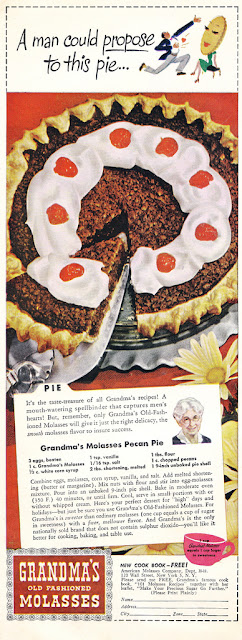Reenacting. It's not just one thing.
One of the biggest complaints I hear in reenacting is about the "quality" of events. You'll hear one reenactor complaining that they hardly got to fire their guns, another complain that the whole event was nothing but a "shoot 'em up", and people like me that complain that they just didn't learn enough or see enough new things. The truth is that reenacting is a spectrum. There are many ways to reenact and ALL of these ways can have value.
It has never been my hobby to pretend to be someone in the past; although, it has been my hobby to live like people in the past. I have always been firmly in the living history/experimental archaeology / history education segment of reenacting. It has allowed me to be a 3rd party observer in a lot of these arguments as I don't feel so strongly about any one type of popular event style, both of them typically lack what I'm into but I know that prior to attendance.
You can't have a discussion about quality without a discussion of goals. Most reenactors will tell you that their goals are to educate the public and to honor the vets. (Although most reenactors are terrible at doing both of these things.) Reenactors need to be more realistic about their personal goals. Education and honor sound like great goals but are so often used as a mask for other more personal, and no less, acceptable goals.
Reenactors are frequently mad that an event did not meet their goals. They berate the event on social media and make fun of anyone who dared attend. It's pointless and detrimental to all parts of the hobby as people are stripped of any type of personal enjoyment. I do not think it is difficult for a reenactor to find events that fit their goals and am unsure of why so many still go to certain well known events and complain how there wasn't enough one thing or another then feel the need to complain about it. It is easy enough to find events that align with your personal goals or are at least in the same quadrant of the spectrum.
Fun should be a goal no matter what type of reenacting you prefer. If education is your goal, be more serious about it. Don't just study history, study educational techniques. Join NAI or ALHFAM or any of the other educational associations out there that pertain to what you want to teach. Learn techniques from Eppley. If your goal is to experience the war as closely as possible, admit that is the only goal and attend events where others share this goal. This goal is not wrong or better than any other goal. There's no reason you can't just enjoy the hobby as it is without trying to make more out of what you want yourself or the spectators to experience.
In the end, it is important to me that more people are interested in history. We need an informed society so that better decisions can be made in the present. We need the average person to be interested in history so that museums, artifacts, and battlefields get saved for future generations. This is where reenactors/ events can really help people. A reenactment, no matter how farby can give visitors sights, smells, sounds and tastes of the past, if only a little. It makes the time period more personal and real to a spectator and therefore more interesting.
From the farbiest of farb events to costume parties to 1st person immersion, there is literally nothing that I will be upset with if it is getting people personally interested in history. (I do not mind if entertainment is misleading, I do mind if educational materials are misleading.) Be honest about what you're showing people and do your best to keep people interested in history.
Reenacting. It's not all just one thing, but it can all be beneficial.















